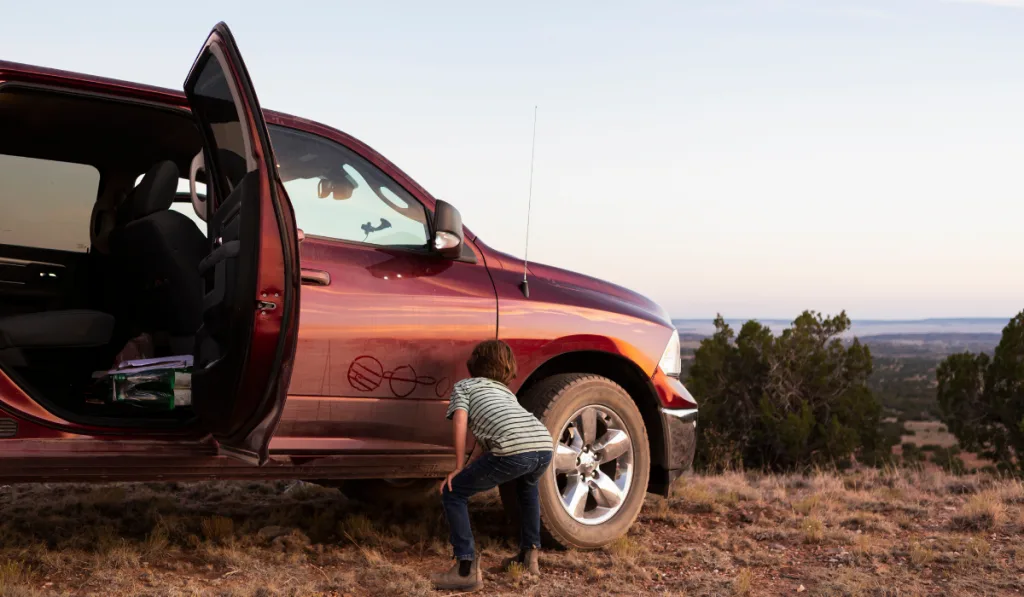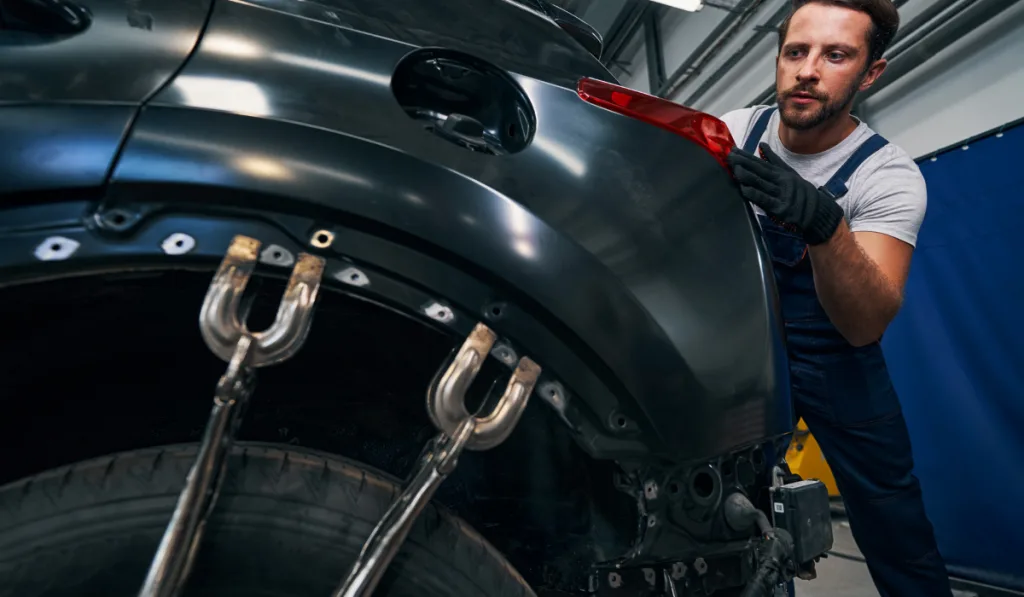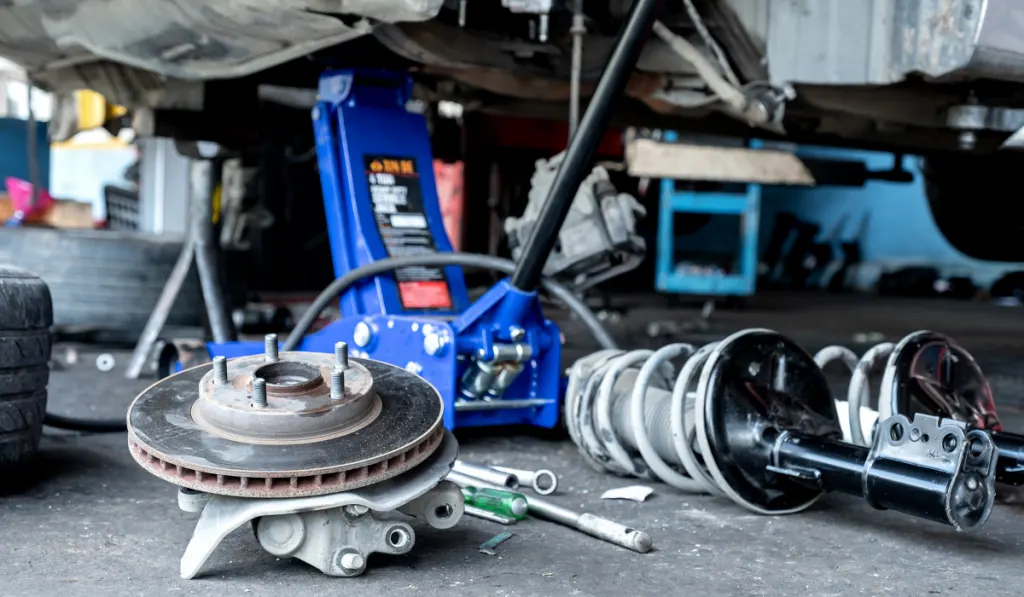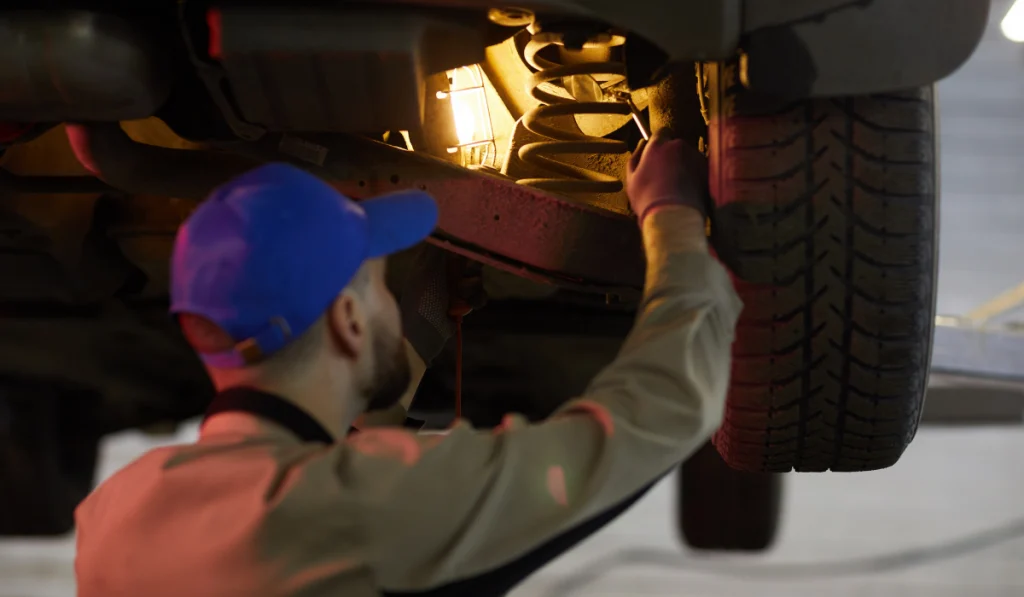A lifted truck gives you more clearance, allows you to transverse rough terrain, and offers a rugged look. But did you know that lifting your truck also comes with its challenges?
Unfortunately, lifting a truck does affect its ride quality. That is mainly due to having an unbalanced suspension system. Most people don’t consider the comfort of the ride, as they are focused more on clearance.
This detailed guide covers some ways to make a truck ride smoother if you’ve been experiencing a bumpy, rough ride with your truck.

Does Lifting a Truck Affect the Ride Quality?
Yes, lifting a truck does affect its ride quality. A lifted truck experiences plenty of vibrations when going on rough roads.
Also, lifted trucks need to use big tires, requiring a different gear ratio. Your lifted truck will feel geared higher, affecting your ride quality.
Another reason why lifting your truck could lead to a bumpy ride is because lifting the truck could lead to an unbalanced suspension system. When this happens, the truck will feel bumpier and may vibrate more when you drive at high speeds off-road or on a highway.
Lifted truck drivers are also prone to losing stability when driving at high speeds because the truck’s center of gravity has been adjusted. You may need to go slowly while turning to avoid losing stability.
4 Ways to Make a Lifted Truck Ride Smoother
Some of the ways you can make a lifted truck ride smoother include:
1. Modify the Chassis and Reduce the Unsprung Mass

Your truck’s suspension holds the weight of the parts carried on the chassis. However, the suspension doesn’t support parts like the rims, tires, and the components that hold the suspension in place.
Unsprung mass or weight is the total weight of the parts not supported by your suspension system. These parts are heavy, and although durable, they also reduce flexibility and add to the overall load.
Using ceramic, carbon fiber, and aluminum parts can reduce the overall weight of your truck’s underside.
Your suspension can handle impacts of uneven terrain when there’s less weight in the wheels, tires, and other suspension parts. The trick is to ensure the tires and suspension are light in proportion to the truck’s overall weight.
Reducing the unsprung weight gives your suspension a speedier response, which translates into your suspension responding faster. That leads to a smoother ride and allows your truck to adapt to different terrain quickly.
Furthermore, a lower unsprung mass will prolong other components’ life.
2. Get a Soft Suspension System

Your suspension has a significant impact on ride comfort. Having a stiff suspension translates into a bumpier ride when covering different terrain.
Reducing the suspension system hardness can significantly improve your ride. Start by reducing the unsprung weight, making the truck maneuverable. You’ll then need to check your shock absorbers.
Adding springs can improve shock absorption, or you can decide to adjust the shock absorbers.
Alternatively, you can replace your preexisting shock absorbers with lighter ones. Although expensive, they will make a difference in your ride’s comfort.
Dual-rated shocks allow you to adjust the truck’s ride height and firmness. That will enable you to adjust the settings depending on your preferred comfort level.
Once you’ve replaced the shock absorbers, you’ll need to replace the springs with a softer pair. Doing this will improve your truck’s ride quality.
3. Reduce the Vibrations

Vibrations impact the truck’s chassis and may be evident when driving on rough terrain. You need to eliminate the vibrations to enjoy a smoother ride.
One way to reduce vibrations is by double stacking rubber rings on your coil springs. Apply some grease on the rings before placing them to dampen the noise. Additionally, you can add rubber isolators on the steering column and the driveshaft to reduce the vibration.
You can also create a vibration cushion by installing rubber strips between the seat mounts and the floorboards.
Ensure that you hire a professional to make these types of adjustments. You don’t want to compromise the stability and safety of the vehicle.
4. Change the Tires
Another way to make your lifted truck ride smoother is to change the wheels and tires.
Most truck drivers prefer buying low-profile tires due to their classic look. Unfortunately, these tires don’t perform well on lifted trucks due to their lower aspect ratio. That makes them stiff, a factor that can undermine your ride comfort.
Furthermore, low-profile tires don’t absorb the turbulence of rough terrain, which makes them incapable of giving you a smooth ride.
Additionally, while big rims may seem fashionable, they can pose a problem for your truck. Apart from adding excess weight to the truck, fitting wheels on a big rim makes them unable to ride smoothly over rough terrain due to the extra unsprung weight.
You may notice that the wheels become unresponsive as you ride over bumps and gravel.

Experts recommend getting tires that are tall and thin. An ideal tire should not be more than 18 inches in diameter and 7 inches in width.
Avoid overinflating the tires as this makes them hard. Instead, opt for 3-5 psi below the recommended pressure to ensure the tires are soft and have more cushioning.
Most truck wheels are at 35-40 psi, but a tire pressure of 32 psi would improve the ride.
Remember to replace older tires if you want to reduce bumps on the road. Check the level of the tread and have them replaced if they are worn out.
Final Thoughts
Some installed lift kits degrade a truck’s handling, which can lead to a bumpy and rough ride. Fortunately, it’s a problem that can be rectified by adjusting or changing your suspension system, checking the springs, fixing vibrations, changing the tires, and replacing your shocks.
Making these adjustments will improve your performance on the highway and offroad and enhance your ride quality.
Resources
- https://www.autoinfluence.com/the-ups-and-downs-of-lifted-trucks/
- https://pickuptrucktalk.com/2020/02/%E2%80%8Bwhy-lifted-trucks-arent-for-everyone/
- https://tundraheadquarters.com/fix-improve-ride-lifted-truck/
- https://www.autotrader.com/car-tips/want-a-smoother-ride-change-your-wheel-and-tire-size-213549
- https://fourwheeltrends.com/does-a-lift-kit-affect-ride-quality/
